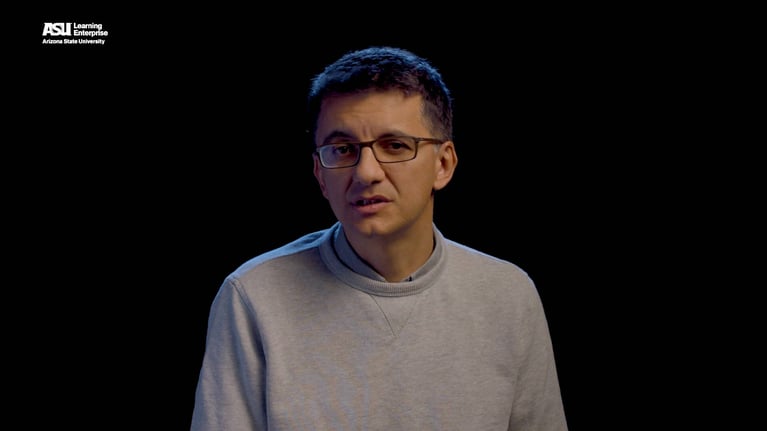In our highly analytical world, a design mindset is still important to apply as practioners can benefit from the way designers think, make, and work. The five core components of a design mindset are design synthesis, design modeling, design speculation, design facilitation, and design implementation. These components of the design thinking approach promote creative problem-solving, visualization of ideas, incorporating imagination, collaboration with communities, and observing and adjusting designs in context. While there is no set process for design, adopting a design thinking mindset fosters innovation and helps envision desirable possibilities for the future.
We live in an analytical world where practitioners typically follow linear processes to achieve predefined and expected outcomes. We need more creativity, innovation, and intuition to address the complex challenges of our time. This is particularly needed in transdisciplinary collaborations. A design mindset is a powerful alternative for practitioners working in collaborations. The way designers think, make, and work can help many people and practitioners to do things in a more effective way for the challenges that we face today. Not everyone has to be trained as a professional designer to do this, practitioners and teams can use a design mindset.
A review of designing skills and activities in different design practices shows that there are five core components in a design mindset. The first one is design synthesis, which refers to a particular way designers work by engaging in open ended situations. Designers are comfortable with uncertainty and ambiguity; they don't define a problem up front, but engage in a co-evolution of problem and solution. In this mindset, practitioners are open to reframe problems during the process and use a particular logic called abduction. Abduction is the ability to make decisions with incomplete information providing a powerful way to make creative and innovative proposals.
The second component is design modeling. Practitioners engaging with design modeling make things concrete by visualizing, sketching, or prototyping ideas in a way that facilitates a shared understanding of complex concepts. Design models trigger change and dialogical critique, which is a method that enhances collective decision making. Critiquing design models supports discussion, integration of knowledge, and a way to test ideas with stakeholders.
The third component is design speculation, which is the use of imagination to create something that doesn't exist. While evidence dominates the way practitioners propose solutions to complex problems, with design speculation, they can incorporate imagination to make desirable futures. Design speculation can help them focus on possibilities in the future rather than predictions of the future.
The last two components are more emergent in design. Design facilitation is a skill and role that practitioners take when designing with others. This component provides ways to work with communities and engage them in meaningful participation. And the last component is design implementation. This acknowledges that any design is enacted in context and designers need to observe how proposals work and make adjustments in collaboration with the stakeholders. Design implementation suggests that practitioners should commit in the long term to be accountable for the work they do. Design facilitation and implementation are essential for practitioners that make just and sustainable proposals.
Design and design thinking have become very popular in the last few years. However, there is no recipe for design, there is no process, there are no steps. If you want to practice as a really good designer and work in collaboration with innovation and creativity, adopt a design mindset, an attitude that will help to look forward into the future for desirable possibilities.


